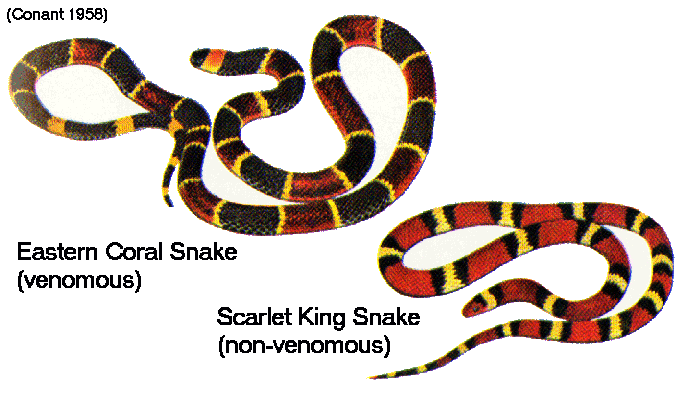Stop copying me!

There are a lot of bee mimics out there. Some are so good that they trick people who spend a lot of time with bees (like myself)! To the right is a photo of me with one of those mimics (photo credit goes to Clint Perry, a Tufts graduate student in the Psychology department). At first glance, it’s long-ish abdomen (the butt segment) and shiny thorax (the middle segment) almost look like a queen honey bee. But, if you were to look closer, it’s actually a fly. A bee fly to be exact.
One day this summer, my undergraduate intern, Laine was lucky enough to have two bumble bee mimics land on her shoe (photo credit to Laine Feller). These are the mimics that tricked me. They looked strange so I sent the photo to Kelsey (my lab mate who has more bumble bee experience than I do). Kelsey immediately recognized the two insects as bee flies. The tell-tale sign? The wings. REAL bees have four wings (two forewings, two backwings). Bee MIMICS only have two.
(This webpage discusses how to tell mimics from the real deal in more detail—it even discusses what sets honey bees apart from bumble bees!)

This type of mimicry is not uncommon in nature—it is called Batesian mimicry and is a form of protection. In this type of mimicry, a harmless animal mimics the warning signs of a more dangerous animal. In the case of the bee flies, they look like stinging insects but they can’t actually sting. The viceroy butterfly is another type ofBatesian mimic. The viceroy butterfly mimics the monarch butterfly—monarchs are beautiful to look at but poisonous when eaten (not that humans would eat butterflies but birds do!). Another classic example of Batesian mimicry is the coral snake (venomous!) and the king snake (harmless!).
Since coral snakes can do some serious damage with their venomous bite, there is a rhyme to remember which snake is venomous and which is the imposter (their color patterns are slightly different):
Red touching black, safe for Jack.
Red touching yellow, kill a fellow.

It has been exactly one month since my last blog post (this time of year gets so crazy!) and this will likely be my last blog post until the end of January—I am going to Costa Rica to work on a project on stingless bees! For my next blog post, I promise there will be some awesome Costa Rica pictures (I got a new camera!), and I hope there will be cool results on nutrition in stingless bees. Stay tuned and happy holidays!